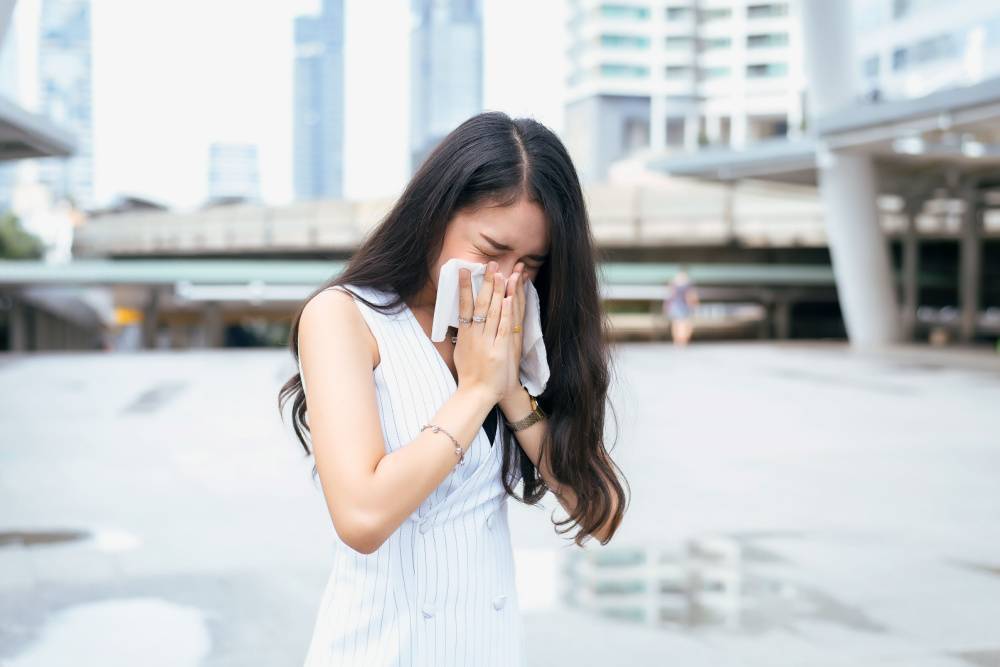Seasonal flu, also known as influenza, is a recurrent global health concern. It’s a viral infection, primarily attacking the respiratory system. Symptoms can range from mild to severe, with complications like pneumonia being potentially fatal.
In Southeast Asia, the battle against the flu poses a unique challenge, given the region’s diverse climate and densely populated urban areas.
The Flu Rhythm in Southeast Asia
Influenza viruses circulate year-round in Southeast Asia but peak flu activity varies. Northern countries like Thailand, Vietnam, and the Philippines often experience surges during the rainy season from June to October. Equatorial countries, such as Singapore and Indonesia, face sporadic influenza activity throughout the year, making predictions challenging.
The True Cost of Influenza
Influenza isn’t just a severe cold. It can lead to hospitalisation and, in extreme cases, death. Vulnerable groups, including children, the elderly, pregnant women, and individuals with chronic diseases, bear the brunt of severe influenza.
World Health Organization (WHO) statistics underscore influenza’s impact: annual epidemics cause about 3 to 5 million severe illness cases and roughly 290,000 to 650,000 respiratory deaths globally.
Preventing the Spread: Vaccination and Hygiene
Vaccination is our most potent weapon against influenza. Yet, in Southeast Asia, vaccine coverage remains low due to accessibility, cost, and public perception issues. Efforts are underway to improve vaccination rates, particularly among high-risk groups.
Good personal hygiene—like regular handwashing, proper cough etiquette, and staying home when ill—complements vaccination efforts. These practices help curb the virus’s spread.
Treatment Options for Influenza
When it comes to managing influenza, the primary line of defence is antiviral medications. These drugs are designed to prevent the flu virus from multiplying in your body, which helps to alleviate symptoms, reduce the duration of the illness, and potentially prevent serious complications, such as pneumonia.
Antiviral medications are particularly important for those who are at high risk of developing severe influenza complications. This high-risk group includes individuals over the age of 65, children under 2 years old, pregnant women, and those with chronic diseases like heart disease, lung disease, or diabetes.
There are several types of antiviral medications available, including oseltamivir (Tamiflu), zanamivir (Relenza), and baloxavir (Xofluza). Your healthcare provider will decide the best option based on several factors, such as the patient’s age, overall health status, and the likely strain of influenza.
It’s important to note that the timing of the treatment is crucial. Antivirals are most effective when administered within 48 hours of the onset of flu symptoms. This early administration can significantly lessen the severity of the illness and may even prevent the flu from developing into a more serious condition.
However, even if treatment is started later, these drugs can still provide benefits, particularly for those with severe illness or at high risk of complications. They can help to reduce the duration of hospitalisation and the risk of complications.
In addition to antiviral medication, managing flu symptoms often includes rest, staying well-hydrated, and over-the-counter medications to alleviate fever and body aches.
Keep in mind, while antiviral medications are a critical component of flu treatment, they are not a substitute for yearly vaccination, which is the most effective way to prevent influenza.
The Future of Flu Management in Southeast Asia
Managing the seasonal flu in Southeast Asia requires vigilance, research, and public health intervention. While vaccines and antivirals are crucial, public awareness of influenza’s impact, the importance of vaccination, and good personal hygiene practices are equally important.
Moreover, understanding the unique pattern of flu seasonality in this region can help health authorities prepare and respond effectively. Studies that provide insights into viral transmission, coupled with disease surveillance, can enable more precise forecasting of flu seasons.
Influenza control is a shared responsibility. Health sectors and communities must come together to increase vaccination rates, promote healthy habits, and support those most at risk. Only through combined efforts can we manage this seasonal health threat and pave the way for a healthier Southeast Asia.

